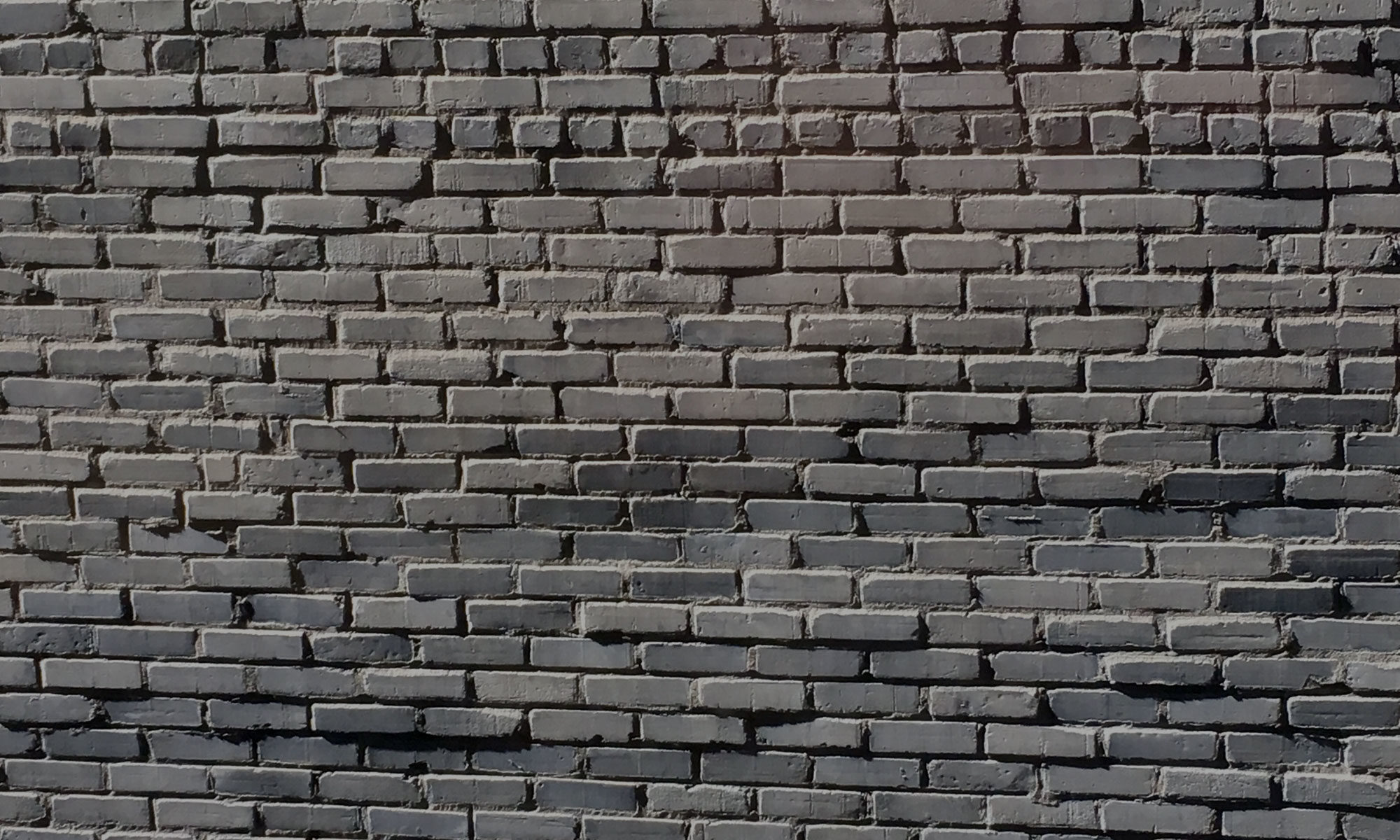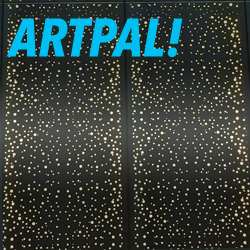Yuji Honbori’s Eleven-Headed Avalokiteshvara Bodhisattva (2012.68.1a,b) and Susan Folwell’s Why Does He Call Me Caitlyn? (2016.5.13) are a couple of works of art that punch back at the walls of the arbitrary boxes the art world would traditionally put them in.
FULL EPISODE TEXT
Hi there! I’m Keith Pille, your art pal.
We’re continuing our season one walk through a selection of objects on display at the Minneapolis institute of Art. In this episode, we’re back on the multiple objects trip. Our first piece is a sculpture called Eleven-Headed Avalokiteshvara Bodhisattva, a sculpture made by Yuji Honbori in 2012, MIA accession number 2012.68.1a,b. And the second is a piece of pottery by Susan Folwell titled Why Does He Call Me Caitlyn? Folwell’s pot was made in 2015, and its accession number is 2016.5.13.
As always, let’s start out by taking a look at the works themselves. Honbori’s Bodhisattva really kind of sneaks up on you in the gallery. At least when I’ve seen it on display, the MIA has had it in its Asian galleries, grouped with other Bodhisattva figures, so from a distance, its silhouette just kind of blends in, looking like a pretty typical Buddhist statue. Yknow, you’ve seen one Bodhisattva, you’ve seen ‘em all. But as you get close, stuff starts to jump out at you: wait, it’s not solid, it’s actually kind of a hollow lattice. And it’s really colorful. Wait, is that cardboard? Once you’re up close, Honbori’s statue – which is a visual quote of a different 1300-year-old statue in Japan – contrasts really sharply with the older wood and bronze statues that typically surround it. It’s great purely on an aesthetic surprise and enjoyment level.
OK, let’s switch for a second to Folwell’s pot. Here, I’ll hum you a tune while you walk over to the other gallery:
-hum-
If you are listening to this without looking at visuals, I’m gonna have to suggest that you fire up an image search for this one, because descriptions of this pot are going to make very little sense if you don’t have something to work with. So, really do a quick search for something like “Folwell Why does he call me Caitlyn” As a piece of pottery in itself, it’s not super remarkable. It’s vaguely gourd-shaped, tapers towards an opening in the top, and is somewhat asymmetrical. But the decoration really sets it apart. Folwell painted most of the body of the pot an aqua blue, with polka dots showing the unadorned ceramic. And then in the middle of this, there’s a square with a pair of figures in them, looking either like an old comics panel or a Roy Lichtenstein painting, depending on your perspective, and a thought balloon coming from the woman that reads “Why does he call me Caitlyn?”
So we’ve got a piece of pottery here that quotes a pop art aesthetic that is in turn quoting mid-20th-century popular culture. That’s already a pretty busy thematic program for a pot, but there’s actually even more going on if you’re willing to step back and think about museums and the way they work.
Because, you see, Susan Folwell is from the Santa Clara Pueblo community, and the MIA classifies this pot as part of their Native American Art collection. And I think – but can’t say that I know this for sure – that Folwell knew this would probably be the case if her pottery wound up being collected by a museum, and set out to intentionally push out at the expected boundaries.
And that’s why I think this pot, and Honbori’s Bodhisattva, are so interesting. Museums in America got started in a time that was very different from the current cultural moment, and the legacies of that are just encoded into the way they’re put together, like advanced computers that still have to run on very old unpatched operating systems. Part of these means that within the majority culture, there’s a lot of differentiation by medium- so like you’ll have a department of paintings, a department of photography, a department of decorative arts, and so on. But outside of the majority culture, everything gets rolled up into big collections by region or ethnicity. So there’s something like a department of Native art, a department of Asian art, a department of African art, and so on. And this kind of organizational scheme is pretty common to big encyclopedic art museums that have been around for a while.
And within those broader groupings, I think there’s often a general sense among the public that things are frozen at some point in the past. So Asian art is all statues of Buddhas several centuries old. Or Native American art is all bandolier bags and Chilkat blankets made in the 19th century. Not everyone thinks this way, of course, especially people with a deeper interest in the area, but among the general museumgoing public I think it’s pretty common for people to just fall into this mental shorthand where art from nonwhite communities is stuff that was made a while ago and isn’t changing or living. There can be this trap, too, of defining cultural authenticity by how well a piece stacks up to ideas about how the art of a given culture should be, based on ideas that are a couple of centuries old.
And Folwell’s pot and Honbori’s Bodhisattva push back against that, taking elements that you’d expect in these culturally-based art areas and updating them, showing that these are living, active artistic practices where interesting and exciting things are still going on, not just stasis or regurgitation of the past. This is pretty adjacent to what I was talking about in the George Morrison episode. These concerns certainly aren’t new.
Along the same lines, you should also check out the work called Adaptation II by Jamie Okuma, a pair of fancy designer Louboutin stiletto-heel shoes decorated with beads and quills. They’re stunning. The MIA has a lot of works along these lines; like most American museums, the museum as an institution is more or less stuck with that organizational structure I was talking about earlier. But these days the MIA does a particularly good job at working to keep those boundaries from being prescriptive or stultifying.
Thank you for listening to Artpal. Again, I’m Keith Pille. You can find me on Twitter at @keithpille. If you liked the show, please spread the word or pop out to itunes and leave a review. And of course, go on and check out the rest of the season, there’s a lot more art to talk about.

